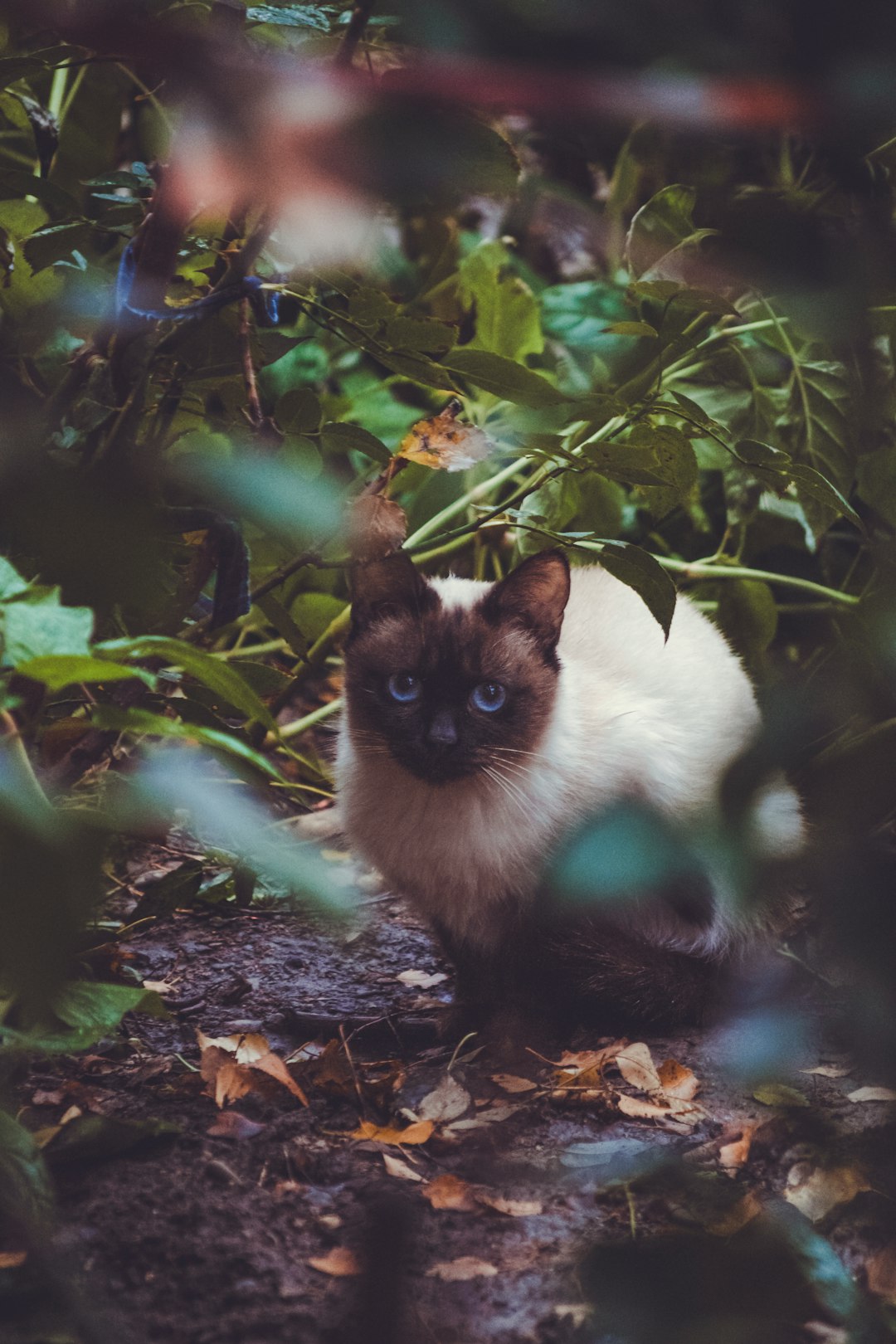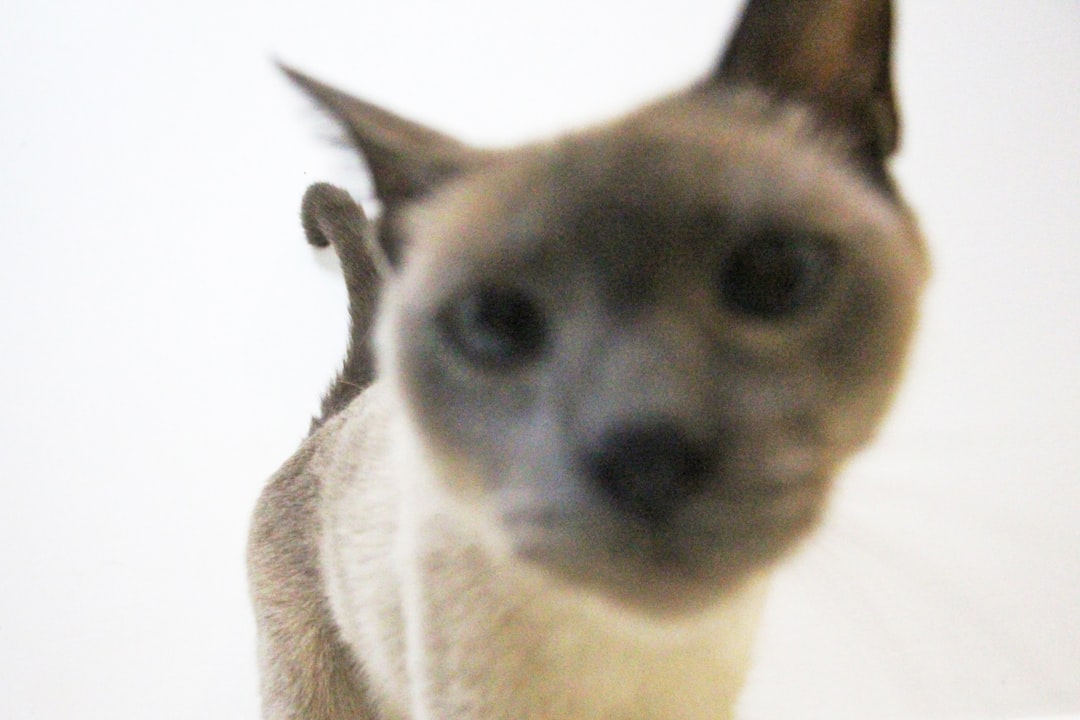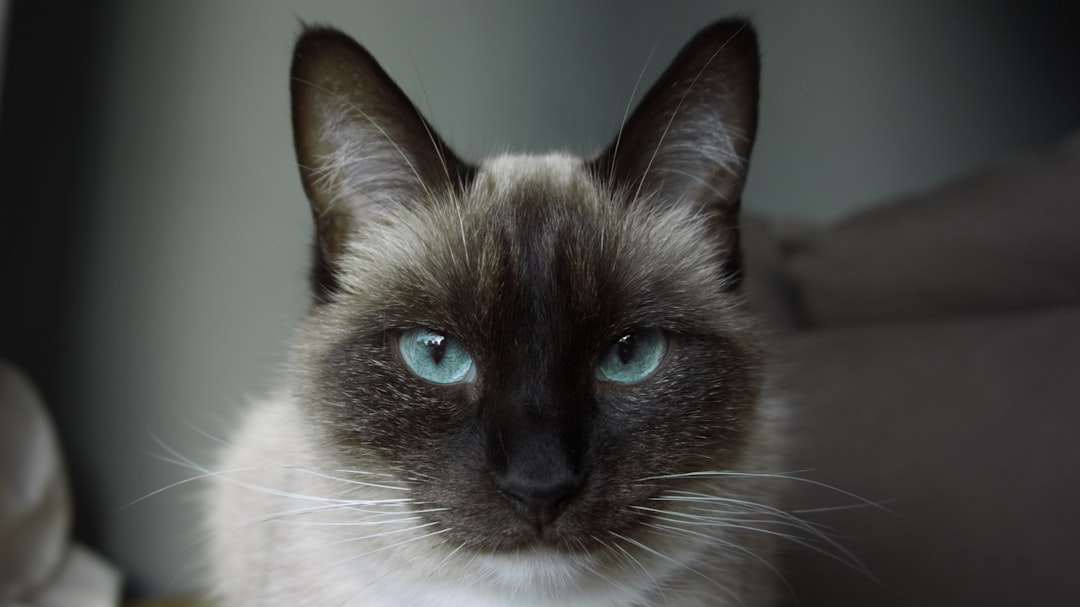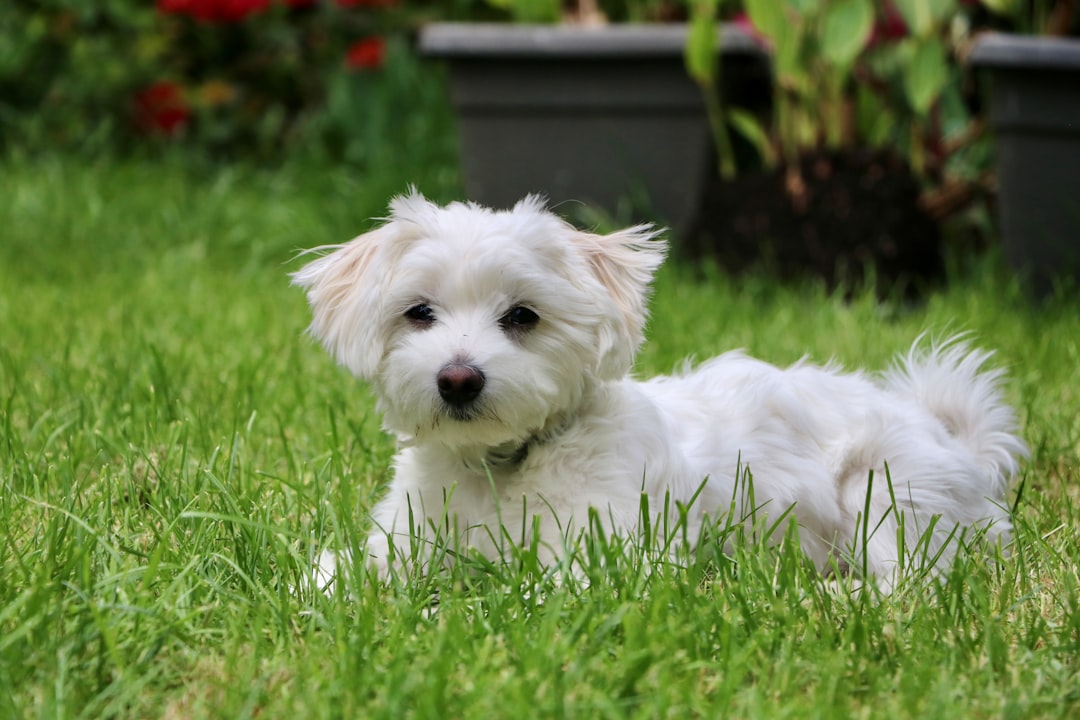When it comes to feline finesse, nothing quite compares to the culinary world of raw nutrition. Imagine your cat indulging in a diet that mirrors its ancestral eating habits! With “pure rawz,” you can unlock a treasure trove of nutritional benefits, turning mealtime into a feast fit for a king (or queen). However, before you throw out those kibble bags, let’s dive into the essentials of raw feeding, debunk some common myths, and learn how to effectively transition your furry friend to this invigorating lifestyle. Buckle up; your cat’s taste buds are about to embark on an exhilarating adventure!
Understanding Raw Nutrition for Cats

Raw nutrition for cats is all the rage these days, and it’s not just a fad—it’s backed by some serious benefits! So, what exactly does this involve? Essentially, it’s about feeding your feline friend a diet that resembles what their ancestors devoured in the wild. Think of it as a way to unleash their inner lion!
Key Elements of Raw Nutrition:
- Fresh Meat: Just like a roaring carnivore, cats thrive on high-quality protein from raw meat.
- Organs and Bones: These provide essential nutrients and minerals that your cat simply can’t resist!
- Vegetables and Fruits (in moderation): A touch of greenery can balance the diet, but don’t overdo it; cats aren’t herbivores!
While many brands offer raw options, pure rawz takes the cake. With a focus on high-quality ingredients and no harmful additives, you’re giving your kitty the best of the best.
In a nutshell, raw nutrition gives your cat a comprehensive diet that meets their physical needs, while also aligning with their natural instincts. Who knew being a good cat parent could be this much fun?
Nutritional Benefits of a Raw Diet

When it comes to kitty cuisine, nothing compares to pure rawz! Let’s break down the nutritional benefits of a raw diet for your feline friend:
- High Protein Content: Cats are obligate carnivores, meaning they thrive on protein. A raw diet offers a muscle-meat-heavy menu that’s perfect for their needs.
- Healthy Fats: Raw food provides essential fatty acids, which support your cat’s skin and coat health, making them look like the regal creatures they are!
- Digestive Health: Raw diets contain natural enzymes and probiotics that promote a healthy gut. Goodbye, furball catastrophe!
- Stronger Teeth: Chewing on raw meat can help scrape off plaque, leading to fresher breath and cleaner teeth.
- Tailored Nutrition: You can customize your cat’s meals with pure rawz, ensuring they receive a balanced intake of vitamins and minerals.
In comparison to traditional kibble, raw food shines with its higher moisture content and zero fillers. So, ditch the processed food, and let your cat experience the pure rawz advantage!
Essential Ingredients in Raw Cat Food

When it comes to feeding your feline friend, it’s all about the ingredients! Pure rawz diets focus on what your cat needs to thrive while keeping things simple and natural. Here’s what you should look for:
- High-Quality Protein: Cats are obligate carnivores, so lean cuts of meat like chicken, turkey, and rabbit should top the list.
- Healthy Fats: Essential fatty acids from fish oil and chicken fat support a lustrous coat and healthy skin.
- Organ Meats: These are nutrient-dense superstars! Look for liver, kidneys, and heart to round out their diet.
- Fruits and Vegetables: While not essential, small amounts can add vitamins and minerals—think pumpkin or blueberries!
- Supplementary Ingredients: Calcium and omega fatty acids can come from sources like bone meal and fish oil, giving that pure rawz oomph!
In summary, a balanced raw diet should prioritize these ingredients. Always check the labels to ensure that your cat’s meals are filled with quality components. After all, a happy cat is a well-fed cat!
Transitioning Your Cat to a Raw Diet
So, you’ve decided to jump onto the pure rawz bandwagon—great choice! Transitioning your feline friend to a raw diet doesn’t have to be a cat-astrophe. Follow these steps to make the switch smooth like a cat’s purr:
- Start Slowly: Gradually introduce raw food to your cat’s existing meals. Mix in a small portion of raw food with their regular kibble. A 25% raw to 75% kibble ratio works wonders!
- Watch for Reactions: Monitor your cat’s behavior and digestion. If your furry companion seems to love the pure rawz but has tummy troubles, slow down the transition!
- Adjust Portions: Raw food is more nutrient-dense than kibble. You might need to reduce the portion sizes to keep that kitty waistline in check.
- Stay Consistent: Cats thrive on routine. Stick to consistent feeding times and portions.
- Taste Test: Not all pure rawz varieties are created equal. Experiment! You might discover your cat’s favorite flavor.
By easing into raw nutrition, you’ll ensure your cat enjoys a transition as smooth as butter… or should I say, tuna?
Potential Risks and Considerations
Before you dive into the world of raw nutrition with pure rawz, it’s essential to tread lightly. Raw diets can offer terrific benefits, but they come with responsibilities. Here are some potential risks and considerations to keep in mind:
- Bacterial Contamination: Raw meat can harbor harmful bacteria like Salmonella and E. coli. Always handle it with care. Practice good hygiene by washing hands and surfaces after preparation.
- Nutritional Imbalance: Not every raw diet provides balanced nutrition. Ensure you consult a vet or a pet nutritionist who understands the needs specific to your feline friend.
- Digestive Upset: Some cats may experience transitional issues. Gradually introduce pure rawz to help their tummy adjust—slow and steady wins the race!
- Cost Consideration: Quality raw food can be pricier, so budget wisely. But look at it this way—you pay for health, or you pay for illness.
In summary, while the benefits of a raw diet are enticing, staying informed helps you navigate the potential pitfalls. With pure rawz in your corner, you can offer the best while keeping your cat’s well-being top of mind!
How to Prepare Raw Meals for Cats
Preparing raw meals for your feline friend might sound like a culinary challenge, but don’t worry! It’s easier than you think, and with pure rawz, you’ll serve your purr-sonality a feast that they’ll love. Here’s a simple rundown:
1. Choose Quality Ingredients
- Meat: Go for high-quality protein like chicken, turkey, or beef. Remember, fresh is best!
- Organ Meats: Include liver and kidney for those essential nutrients.
- Fruits and Veggies: Small amounts of safe options like pumpkin or blueberries can add variety.
2. Portion Control
- Generally, aim for about 2-3% of your cat’s body weight in food daily. Adjust for activity level and health needs.
3. Mix It Up
- Combine different proteins and ingredients to keep things interesting. Nobody likes the same meal every day, right?
4. Safe Storage
- Prepare meals in batches and freeze them. Just thaw what you need daily—pure rawz meal prep has never been so easy!
5. Cleanliness is Key
- Always wash your hands and utensils to prevent cross-contamination.
By following these steps, you’ll ensure your kitty enjoys the delightful and nutritious benefits of pure rawz without any hassle!
Choosing the Right Raw Food Brand
When diving into the intriguing world of raw nutrition, selecting a top-notch brand is crucial. A good choice will ensure your feline friend enjoys a balanced diet that meets all their nutritional needs. So, how do you sift through the myriad of options? Here are some tips:
- Check for Quality Ingredients: Look for brands that use whole, high-quality meats without fillers. Pure Rawz excels in this aspect, emphasizing pure ingredients without artificial additives.
- Reputable Sourcing: Ensure your selected brand sources ingredients from trustworthy suppliers. Pure Rawz guarantees responsibly sourced proteins, which gives peace of mind.
- Nutritional Completeness: Your cat needs a diet that covers all their nutritional bases. A good brand, like Pure Rawz, often provides a complete nutritional profile on their packaging.
- Transparent Labeling: Opt for brands that clearly list ingredients and their sources. Transparency is key!
- Consult Reviews and Testimonials: Look out for feedback from other cat parents to gauge satisfaction levels. A positive chorus about Pure Rawz will surely catch your eye!
By focusing on these factors, you’ll be on your way to securing a purely paw-some diet for your kitty!
Choosing the Right Raw Food Brand
When embarking on the pure rawz journey for your feline friend, selecting the right raw food brand is crucial. With a plethora of options out there, how do you cut through the clutter? Here’s a witty rundown to guide you in your quest for the purr-fect raw nutrition:
- Ingredients Matter: Look for brands that list high-quality, whole ingredients. Say goodbye to fillers and preservatives! Pure rawz stands out by emphasizing wholesome meat and organ selections.
- Reputation Counts: Check the brand’s reputation. Do they have positive reviews? Established brands often provide transparency in their sourcing and manufacturing processes.
- Nutritional Balance: Ensure the raw food provides a well-rounded nutrient profile. Pure rawz formulations cater to all your cat’s dietary needs.
- Price vs. Quality: Don’t just go for the cheapest option! Sometimes, you get what you pay for. Compare the ingredients and nutritional value to find the best bang for your buck.
| Brand | Ingredient Quality | Price Range | Nutritional Balance |
|---|---|---|---|
| Pure Rawz | High | Moderate | Excellent |
| Competitor A | Moderate | Low | Fair |
| Competitor B | Low | High | Poor |
Keep these key points in mind, and your kitty will be on their way to enjoying the delicious benefits of a raw diet with pure rawz!
Frequently Asked Questions
What exactly is raw nutrition for cats?
Raw nutrition for cats involves feeding them a diet made primarily of raw meat, bones, and sometimes organ meats. This diet mimics what cats would eat in the wild, providing them with high protein, minimal carbohydrates, and essential fats. Think of it as a culinary adventure for your feline friend, transforming them into a mini lion prowling the kitchen in search of their next feast! Just remember, all raw meat is not created equal; quality matters!
Are there any health benefits to feeding my cat a raw diet?
Absolutely! A raw diet can lead to a shiny coat and improved skin health, better digestion, and higher energy levels—basically making your cat feel like a superstar in their own right. The high protein content supports muscle development while the absence of fillers promotes overall health. However, with great power comes great responsibility! Veterinary guidance is essential to ensure your raw-feeding journey is balanced and safe.
Isn’t raw food dangerous for my cat?
It’s a valid concern! While raw food can indeed harbor bacteria like Salmonella or E. coli, proper handling and preparation can significantly reduce these risks. Think of it like embracing adventure—it’s thrilling yet requires caution. Additionally, ensuring your cat’s raw diet is balanced is crucial to preventing nutritional deficiencies. Consulting with a vet provides clarity on sourcing safe ingredients, keeping your furry pal thriving and you less frazzled!
How do I transition my cat to a raw diet without causing chaos?
Transitioning your cat to a raw diet doesn’t have to feel like teaching them to walk on a tightrope! Start gradually by mixing raw food with their regular kibble, gradually increasing the raw portion over a week or two. Monitor your cat’s tummy and mood; they just might surprise you with their enthusiasm! Ensuring the process is smooth can make it a delightful journey rather than a dramatic episode of ‘Cat vs. Food’!



